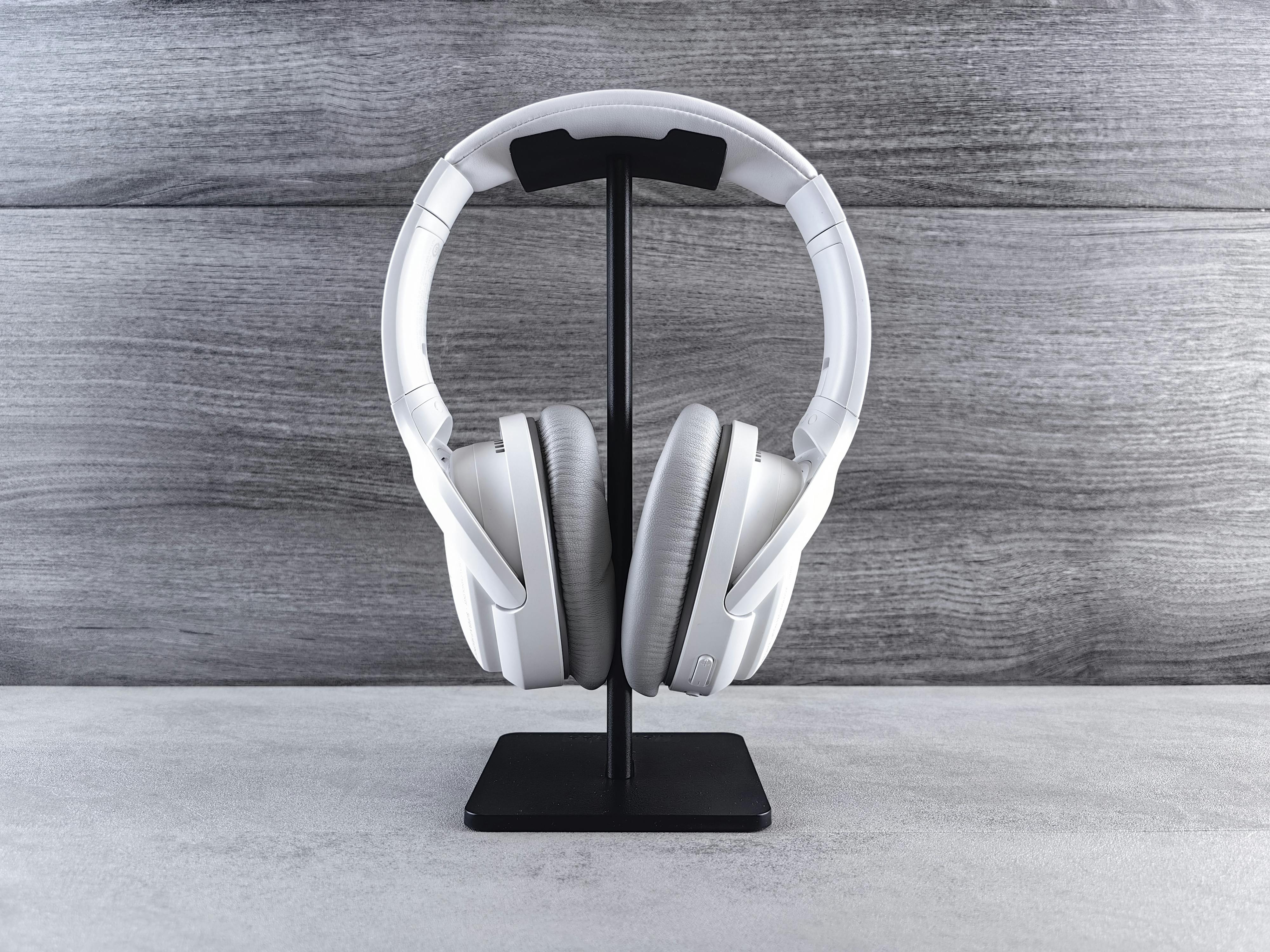Understanding Headphone Brands
Headphone brands may develop products that balance sound quality, comfort, and style. Some focus on wireless technology, while others emphasize studio-grade performance. Understanding how designs differ can help clarify what shapes the listening experience across various models.

What Makes Headphone Brands Different in 2025
Headphone manufacturers distinguish themselves through sound signature, build quality, feature sets, and target audiences. Some brands focus on audiophile-grade sound reproduction with premium materials, while others prioritize convenience features like extended battery life and seamless device connectivity. The evolution of wireless technology has leveled the playing field somewhat, but established brands still maintain advantages in acoustic engineering, driver technology, and research investment. Understanding these differences helps narrow down choices based on your specific listening habits and budget constraints.
Wireless Technology and Bluetooth Performance
Wireless headphones have become the standard for most consumers, with Bluetooth connectivity improving dramatically over recent years. Modern codecs like aptX, LDAC, and AAC deliver near-lossless audio quality over wireless connections. Battery life has extended significantly, with many models offering 30 to 40 hours of playback on a single charge. Connection stability varies between manufacturers, with some implementing proprietary technologies for faster pairing and multi-device switching. Premium wireless models often include features like spatial audio, adaptive EQ, and wear detection sensors that pause playback when removed.
Affordable Options Without Compromising Quality
The headphone market now includes numerous brands offering solid performance at accessible price points. Direct-to-consumer companies have reduced costs by eliminating retail markups, while established brands have introduced budget-friendly lines to compete. These affordable options typically feature decent sound quality, reliable Bluetooth connectivity, and comfortable designs suitable for daily use. While they may lack premium materials or advanced features like adaptive noise cancellation, they serve well for casual listening, commuting, and general entertainment purposes. The gap between budget and premium models has narrowed considerably in recent years.
Noise Cancellation Technology Explained
Active noise cancellation has become a defining feature for many headphone buyers, particularly those who travel frequently or work in noisy environments. This technology uses microphones to detect ambient sound and generates inverse sound waves to cancel it out. Implementation quality varies significantly between brands, with some offering adaptive systems that adjust cancellation levels based on your environment. The processing required for effective noise cancellation can impact battery life and introduce slight audio artifacts in some models. Many manufacturers now include transparency modes that let you hear your surroundings without removing the headphones, useful for conversations or situational awareness.
Studio Quality Models and Professional Use
Professional audio applications demand headphones with accurate sound reproduction, minimal coloration, and comfortable designs for extended wear. Studio reference headphones typically feature flat frequency responses that reveal mix details without enhancement or emphasis on particular frequencies. These models often use wired connections to eliminate latency and ensure consistent audio quality. Build quality emphasizes durability and replaceable parts, as professional users expect equipment to withstand daily studio use. While consumer-focused brands add bass boost or treble enhancement for more exciting sound, professional models prioritize neutrality and accuracy.
Headphone Brand Comparison and Performance Insights
When comparing headphone brands, several factors influence overall value and user satisfaction. Sound signature preferences vary individually, with some listeners preferring warm, bass-heavy presentations while others seek analytical, detail-focused sound. Build quality affects longevity, with metal and high-grade plastics outlasting cheaper materials. Feature sets now include companion apps for EQ customization, firmware updates, and usage tracking. Warranty coverage and customer service quality vary significantly between manufacturers.
| Brand Category | Sound Profile | Key Features | Cost Estimation |
|---|---|---|---|
| Premium Established | Balanced, detailed | Advanced ANC, premium materials, spatial audio | $300-$500 |
| Mid-Range Popular | Enhanced bass, energetic | Good ANC, long battery, multi-device pairing | $150-$300 |
| Budget Direct-to-Consumer | Balanced, slightly warm | Basic ANC, solid battery, comfortable fit | $50-$150 |
| Professional Studio | Flat, accurate | Wired connection, replaceable parts, neutral sound | $100-$400 |
| Sports-Focused | Energetic, bass-forward | Water resistance, secure fit, quick charging | $80-$200 |
Prices, rates, or cost estimates mentioned in this article are based on the latest available information but may change over time. Independent research is advised before making financial decisions.
Finding the Right Match for Your Needs
Selecting headphones requires balancing priorities between sound quality, features, comfort, and budget. Consider your primary use case whether that’s commuting, home listening, exercise, or professional work. Wireless models offer convenience but wired options still provide advantages for critical listening and studio applications. Trying headphones before purchasing helps assess comfort and sound signature, though return policies from online retailers provide flexibility. Reading professional reviews and user feedback reveals long-term reliability and common issues. The right headphones enhance your listening experience without requiring constant adjustments or causing discomfort during extended use, making the research investment worthwhile for finding your ideal match.




